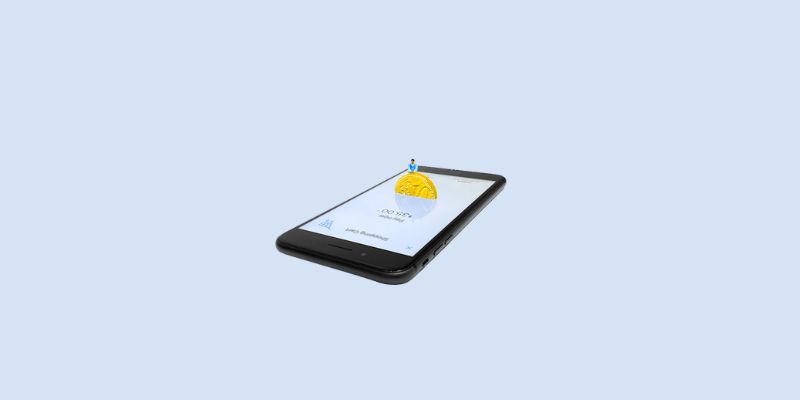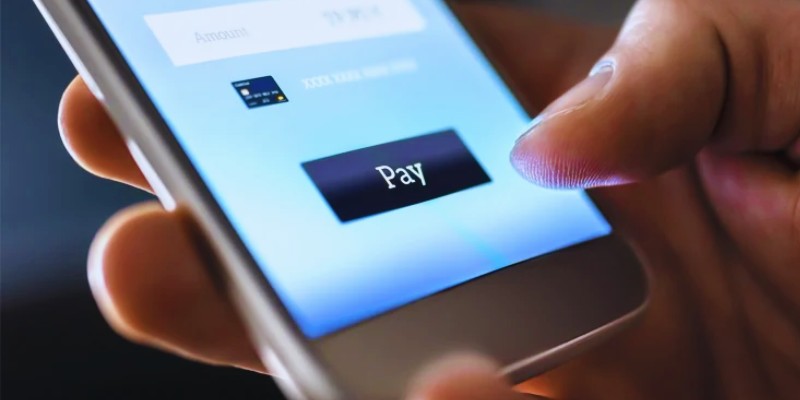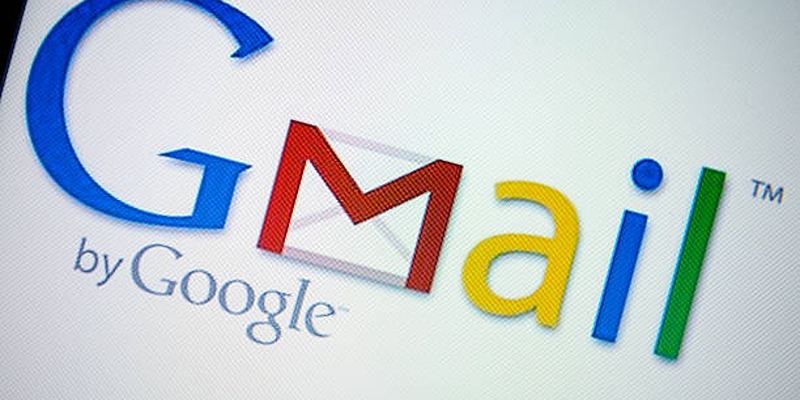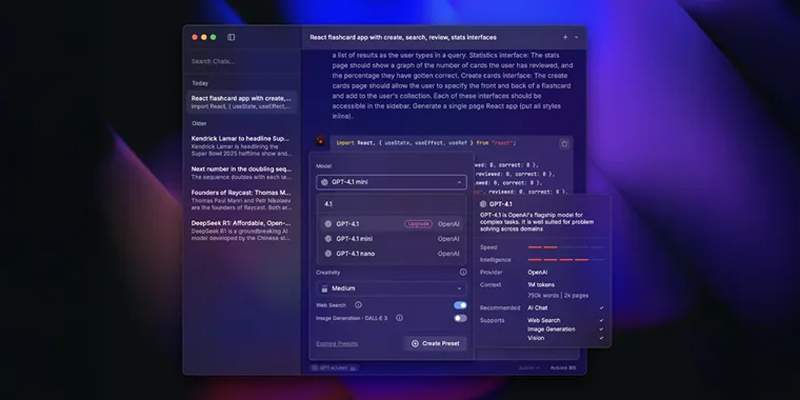The use of proximity mobile payments is transforming the retail world faster than expected. You can pay instantly with a simple tap of your smartphone or wristwatch at checkout, without needing to carry cash or swipe cards. Many consumers now prefer contactless payments over traditional methods involving cash or cards. That’s why retailers are updating their systems to accept proximity mobile payments. These payments integrate seamlessly into daily life, offering faster and safer transactions.
The trend of mobile payments in stores is rapidly expanding worldwide. Retailers must adapt to meet growing customer expectations for faster and cleaner services. More brands are starting to recognize the long-term potential of mobile payments. Soon, every retailer—from major chains to small boutiques—will allow you to pay with your phone. The future of retail lies in the widespread adoption of proximity mobile payments.

Understanding Proximity Mobile Payments
Proximity mobile payment usage involves using digital devices to make contactless payments in-store. You tap your smartwatch, phone, or even a smart ring to a point-of-sale (POS) terminal. The device connects and finishes the payment using near-field communication (NFC) technology. At the time of the tap, an internet connection is not required. Most mobile wallets, such as Apple Pay and Google Pay, utilize NFC (Near Field Communication) systems.
Many institutions and apps now accept these types of payments. It only takes a few seconds to make a purchase. You can shop without your wallet and still have no trouble. People say it’s faster and safer than cards most of the time. It also stops people from touching each other, which is why it was so popular during and after the pandemic. The trend of mobile payments in stores is spreading globally. Soon, every major store will offer this option. Using proximity mobile payments is no longer an option; it’s the new standard for shopping.
The Security Behind Contactless Shopping
One significant reason why proximity mobile payments are gaining popularity is their enhanced safety. Instead of using your card number, each transaction utilizes a unique token. That implies that no real financial information is shared at the checkout. Your personal information remains safe, even if the system is hacked. You also need to authenticate your device to use mobile wallets. To approve payments, you need to use a fingerprint, a facial scan, or a PIN. That makes it even safer. Your device doesn’t have to leave your hand, unlike swiping cards. There is a lower risk of card theft or fraud.
Many people feel comfortable using contactless payment options in busy places. You also get fast notifications on your phone after every payment. That helps you keep track of your spending and identify issues early. Trust and safety are the foundations of the contactless buying experience. More people are switching because they appreciate that peace of mind. Secure payments are driving the growth of mobile payments in-store.
How Retailers Benefit From Mobile Payments
Retailers are reaping significant benefits from adopting proximity mobile payment technology. Mobile payments reduce queues at registers, enabling employees to assist more customers in a shorter amount of time. Reduced wait times improve customer satisfaction and boost sales. Businesses also save money by reducing transaction fees and handling fewer cash transactions. Many stores now offer mobile payment options through their apps, which helps increase customer loyalty and encourages repeat visits.
Additionally, retailers maintain more accurate records of inventory and sales since every mobile payment generates real-time data added to their databases. This information enables businesses to manage their stock efficiently. Employees spend less time processing payments and more time providing customer service. Thanks to mobile payment systems, small stores can deliver service as quickly as larger companies. Customers also perceive retailers that offer contactless payment as technologically advanced and convenient.
User Experience in a Mobile-Pay World
Shoppers today want things to be quick, easy, and flexible. Proximity mobile payment gives all three. You can pay with just one tap; there’s no need to search for cards or count cash. Most payment apps are easy to use. They keep track of your purchases, rewards, and current balance all in one location. You can even pay bills or split them up while you’re on the go. The trend of mobile payments in stores works for everyone.
Mobile payments work well whether you shop in malls, cafés, or temporary markets. You don’t have to touch shared surfaces, which many people currently do. You also receive digital receipts directly on your phone, eliminating the need for paper. The system changes to fit with how people live presently. People who shop expect technology to help them save time. Not only is contactless shopping a great convenience, but it’s also become a must-have. People feel in control and confident when they pay with a tap. Retailers must meet this new demand.

Challenges and Limitations of Mobile Payments
Even while proximity mobile payment usage is growing, it still has some problems. Not all POS terminals and devices will work with each other. Smaller stores might put off upgrading because the costs are too high. Some others are still worried about battery problems or technical glitches. You can’t pay if your phone is dead or if NFC is not working. There are also problems with apps and the internet, especially in rural areas. Some people still have security anxieties, even if these are typically unfounded. Individuals who are older or less tech-savvy may be hesitant to make the switch. Fraud methods are also changing; therefore, it’s essential to keep your apps up to date. Another worry is data privacy. Some people prefer not to share their location or how they spend their money. Stores need to be open about how they use client data.
Conclusion:
The use of proximity mobile payments is becoming the norm in stores, offering speed, safety, and convenience. Consumers who prefer contactless shopping appreciate it, and businesses value how it speeds up checkout and reduces errors. There is no indication that the trend of mobile payments in stores will slow down. Every day, an increasing number of businesses and consumers adopt mobile payment technology. Mobile payments are currently the fastest and easiest way to pay. Soon, they will be available at every corner store and major mall. Those who adopt proximity mobile payments today, rather than tomorrow, will lead the future of retail.







